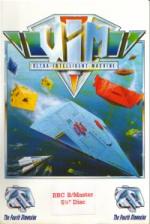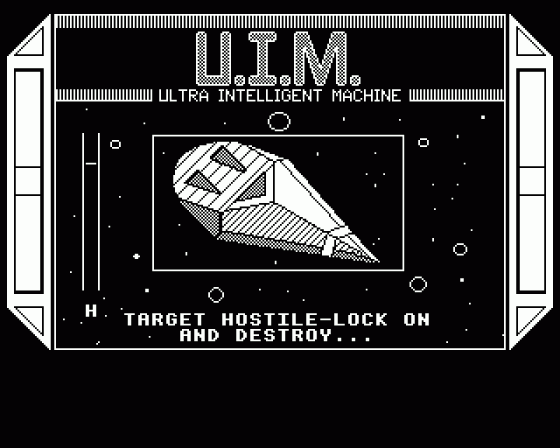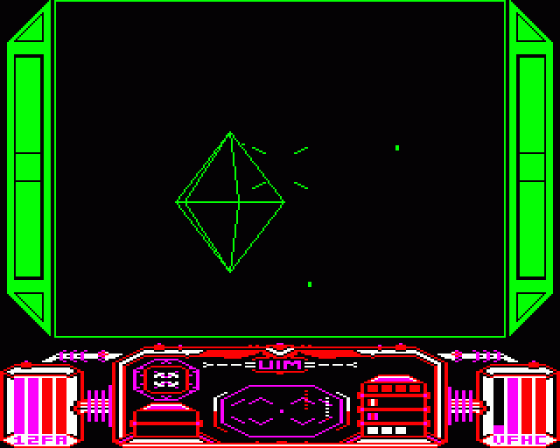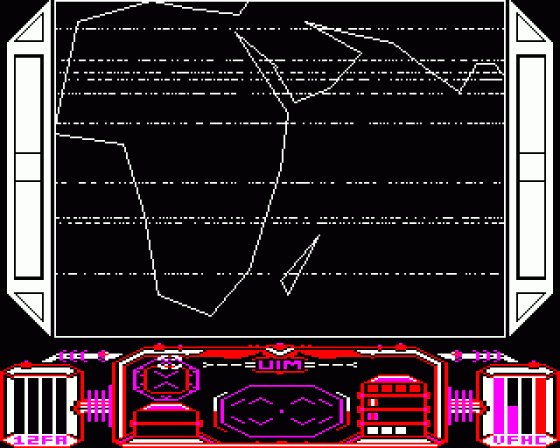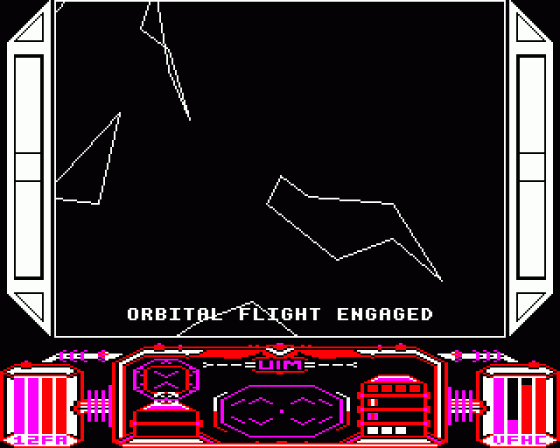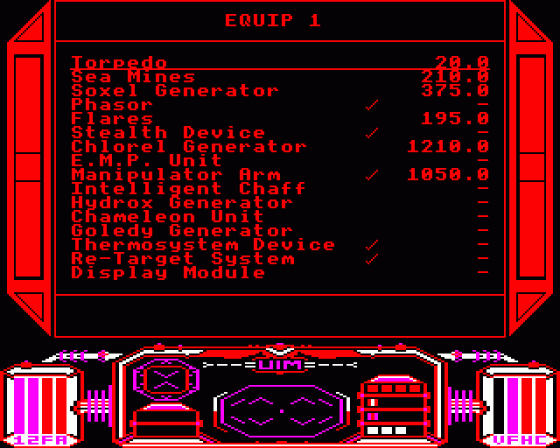Other Reviews Of U.I.M. For The BBC B/B+/Master 128
UIM (The 4th Dimension)
A review by Matthew Ridd (The Micro User)
UIM (The 4th Dimension)
Plumbing the depths
Ultra Intelligent Machine (The 4th Dimension)
A review by Peter Rochford (Beebug)
U.I.M. (The 4th Dimension)
A review by Paul Thornton (Acorn User)


 1st December 1989
1st December 1989